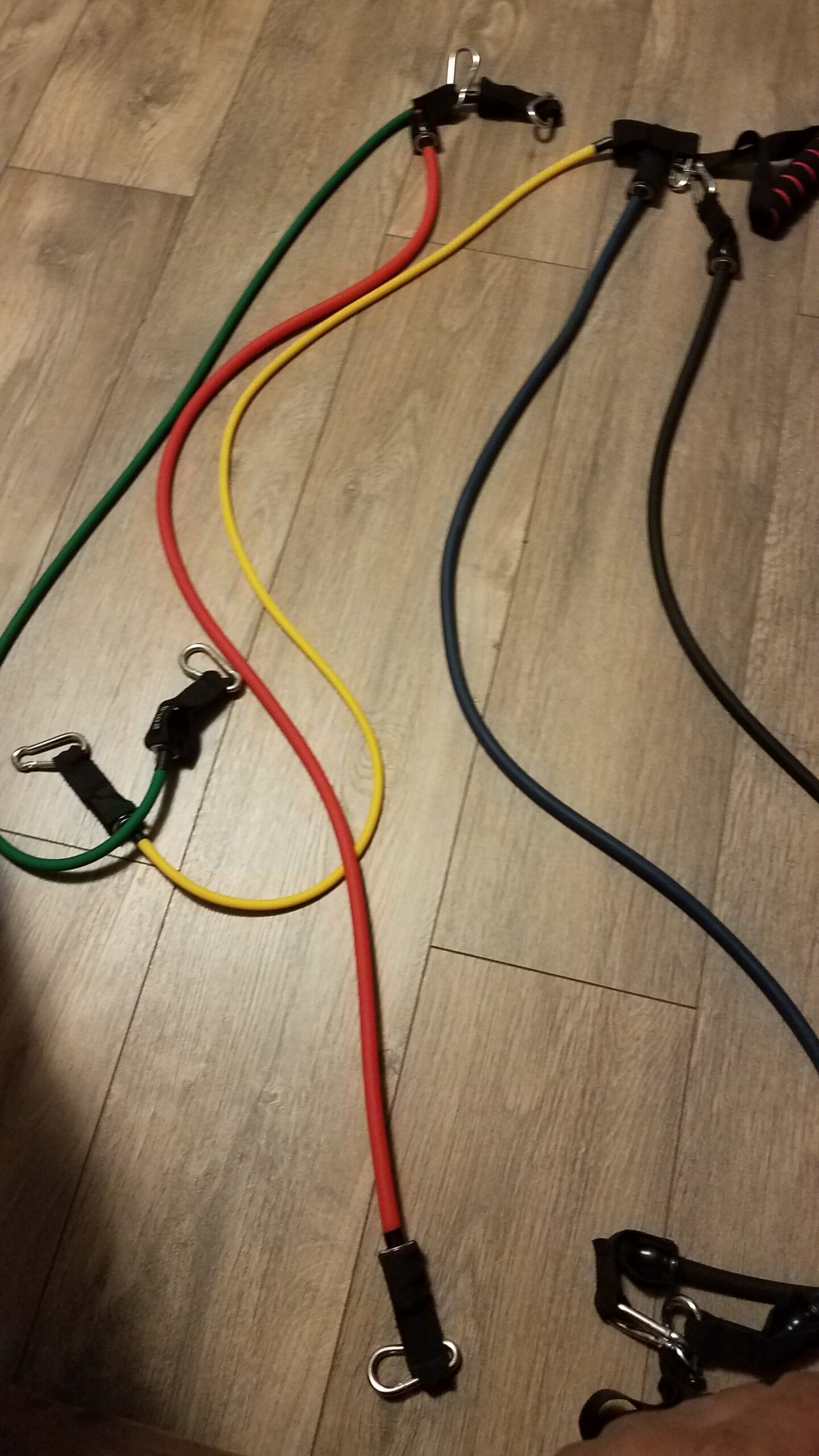
During the Covid-19 pandemic of 2020, life had change for humans all across the world. What started as an outbreak in a Chinese city, within a few months spread across the world. Suddenly, everyday life for humans around the world changed drastically. Routines things such as trips to the grocery store, gym, and even traveling to work for some came to a stop. One of the things I use to do frequently was go to the gym, so when it closed, I order a resistance band set to keep me in shape. I know many are wondering how this has any significance to me, let me explain. As for many people, this pandemic was a difficult time for me. My aunt died from Covid early July, me and her son grew up like brothers so you can imagine how close we were. Then a couple of weeks later, I had the virus. At first, I felt that I would get over it quickly, but then for over the course of two months I kept getting positive tests back. My family and I began to worry, because we just buried a family a few weeks ago. Sitting isolated in my home I began to wonder things, like when will I get over this. Due to the uncertainty of this virus, it was hard for me to remain calm and positive. I needed something to take my mind off this situation, that is where the resistance bands set come into play. The set came with five resistance bands, five loop bands, and a jump rope. It is made out of latex rubber, its purpose is intended for a full body workout. The bands consist of five colors, black, red, blue, green, and yellow ranging from ten to fifty pounds of resistance. This product is made in China, and it is a very common product that can be used by any age ranging from teen to adult. When I was going through my situation, this was something to take my mind off it. But it became a routine thing for me, it took my mind out of a depressing state. I began looking into ways to improve my overall health, even though it is not bad. I know to most people this does not have a significant meaning, but it did to me. I keep my bands put up in my laundry room, I still use because it I’m still not comfortable going back outside. I do find it funny how something so simple became a big part of my exercise routine and help me take my mind off the negative thoughts. Looking back, I would like people to understand how these simple objects was therapeutic to me and how it help get me through my situation.